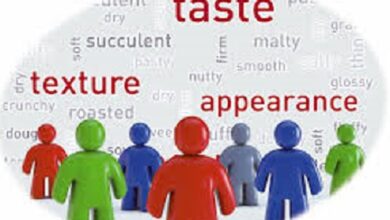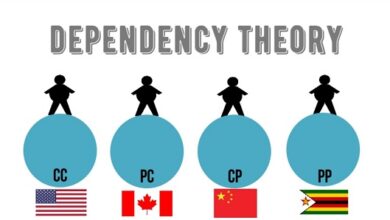Difference between mixture and compound Similarities and FAQs
Mixture and compound
In this article we will provide you the difference between mixture and compound, Similarities and FAQs.
what does mixture mean
Mixture is a general term to describe the combination of two or more elements. These elements can be liquids, solids, gases and energy. A common example of a mixture is drinking water that contains equal parts of oxygen and hydrogen. The mixtures can be homogeneous or heterogeneous depending on the degree to which the components are dispersed among themselves; a homogeneous mixture will have a uniform appearance, however, a heterogeneous mixture will exhibit different visible phases with different components. Mixing is widely used in modern science and technology to produce new substances from various existing materials.
What does compound mean
A compound is a chemical substance made up of two or more different elements, in which the atoms are covalently bonded to each other. These molecules have particular properties and are different from those of the base element. For example, water is a compound made up of hydrogen and oxygen, with common properties such as its high boiling point and being able to absorb heat without significantly increasing its temperature. Compounds are formed when atoms combine to create new molecules with their own unique physicochemical characteristics.
Similarities Between Mixture and Compound
A mixture and a compound are both chemical systems made up of two or more elements. They are made up of the same atoms, but combine in different ways to produce distinctive results. A mixture is the combination of two or more substances that have not joined by linking their atoms through covalent bonds. On the other hand, a compound is formed by the combination of two or more chemically related elements through covalent bonds, thus producing completely new molecules with physicochemical properties totally different from those of the original component. Although there are some considerable differences between mixing and composing, they both have the same goal: to create something new out of available materials.
Differences between mixture and compound
A mixture is a combination of two or more substances that are held together in their original form, but do not form any chemical combination. The term applies to elements mixed together, such as water and salt. On the other hand, a compound is a material created when two or more atoms come together to form molecules through covalent chemical bonds. The main difference between mixture and compound is that mixture contains its physically separated components while compound consists of atomic particles only available in complete state.
Frequent questions about Mixture and Compound
What a mix?
A Mixture is a set of two or more different substances in the same amount and proportion. This means that each component will retain its individual properties, but they will be present together. Mixtures can be homogeneous (particles are evenly distributed) or heterogeneous (a visible variety of materials).
What is the mixture and an example
Mixture is the combination of two or more components to create a new material. For example, the mixture of sand and cement is often Chinese . In addition, it was used to make concrete.
What is a homogeneous and heterogeneous mixture?
A homogeneous mixture is one in which the components of a mixture are uniformly distributed throughout space. For example, sugar water. A heterogeneous mixture is one in which the components are not uniformly distributed throughout space. For example, the salad.
What is a mixture 10 examples?
A mixture is the combination of two or more different materials, substances or elements. Some examples of mixtures are: 1. Salt water 2. Ice cream 3. Soup 4. Cake 5. Gasoline and motor oil 6. Sangria 7. Acrylic paint 8. Cement 9. Mixture of breadcrumbs and Parmesan cheese 10 .Tea with milk
What is a compound?
A compound is a combination of two or more chemical elements in fixed amounts. Compounds have different properties than individual elements, and cannot be broken down into their components by simple chemical means.
What is a compound and 10 examples?
A compound is a chemical substance made up of atoms of two or more different elements joined together in definite proportions. Some examples include: 1. Water (H2O) 2. Carbon dioxide (CO2) 3. Ammonia (NH3) 4. Acetone (CH3COCH3) 5. Sodium chloride (NaCl) 6. Molecular formula of ethyl alcohol C2H6O 7. Hydrochloric acid HCl 8. Silver nitrate AgNO3 9 Calcium oxalate CaC2O4 10 Methane CH4
What is a compound explanation for children?
A compound is when two or more elements combine to form a new substance. For example, water (H2O) is a compound made of the elements hydrogen and oxygen. Air is also a compound that includes nitrogen, oxygen, carbon dioxide, and other gases. Compounds are an important part of chemistry because they give us many useful things like foodstuffs, fuels, and medicines.
How do you get a compound?
To make a compound, two or more chemical elements must react with each other. This reaction can be catalyzed by heat, light, or other chemical agents. The result of this reaction is the formation of a new compound with properties and characteristics different from those of its individual components.




